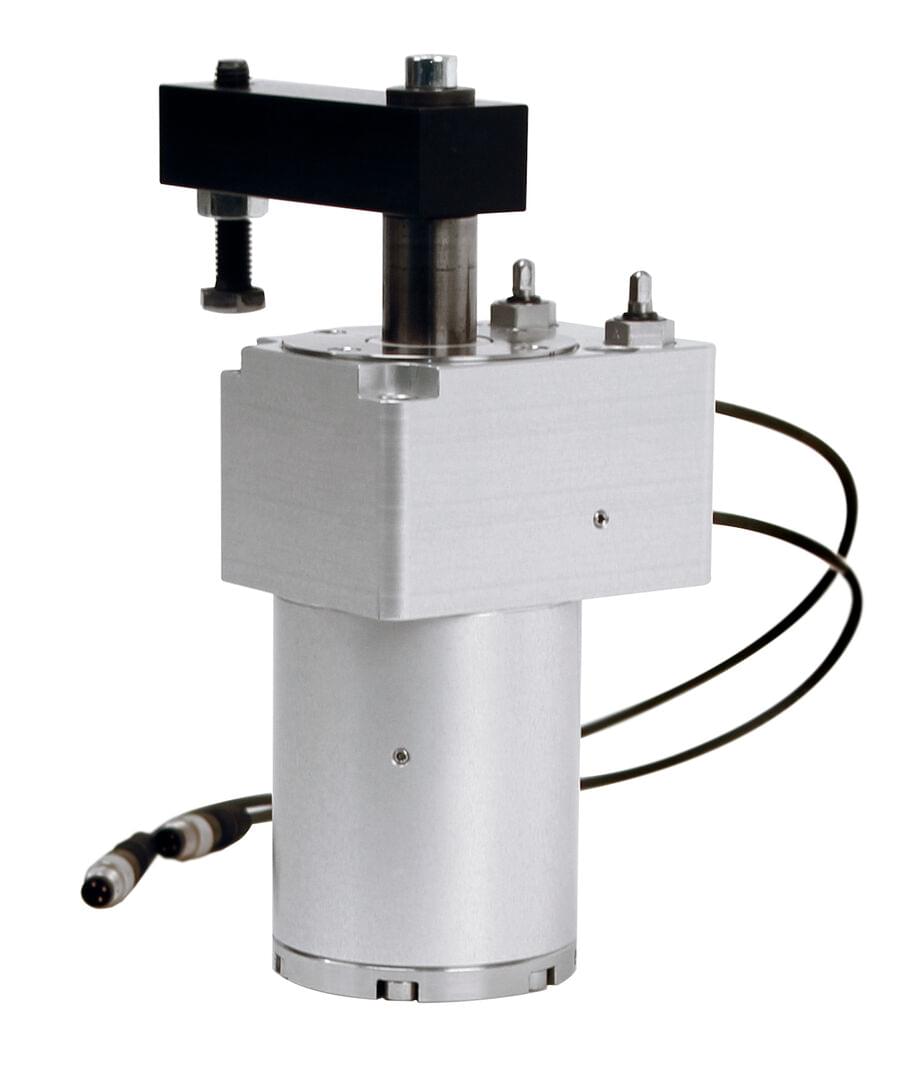Recent Posts
Hydraulic vs. Pneumatic Clamping: A Focus on Swivel, Hinge, and Cylinder Body Clamps
Posted on

Clamping systems are integral to a wide range of industrial and mechanical processes. Among the most prominent types are hydraulic vs. pneumatic clamping systems. When it comes to specialized clamps such as swivel clamps, hinge clamps, and cylinder body clamps, understanding the differences between hydraulic vs. pneumatic clamping can significantly affect the effectiveness of the clamping solution. This article aims to dissect these differences and provide insights into why one might be preferred over the other.
Hydraulic Clamping: How it Works
Hydraulic systems utilize incompressible fluids to transmit power. The basic principle is that when force is applied to a fluid in a confined space, the fluid uniformly transmits that force in all directions. This allows for powerful, smooth, and precise movement, which can be harnessed in clamping devices.
Pneumatic Clamping: How it Works
Pneumatic clamping systems, on the other hand, utilize the power of compressed air. These systems often involve the use of air-driven pistons that move within a cylinder. The force generated by releasing the compressed air is then used to apply clamping pressure.
Comparison: Swivel Clamps, Hinge Clamps, Cylinder Body Clamps
- Swivel Clamps:
- Hydraulic: Offer more precision and a smoother operation, ensuring even pressure throughout the clamping process. They are preferred when the clamping application requires significant force or when delicate materials are involved.
- Pneumatic: Tend to be faster in terms of response time. They are best for applications where speed is a priority over force.
- Hinge Clamps:
- Hydraulic: These provide higher holding capacities, making them ideal for heavy-duty applications. They also allow for a greater degree of control, making them well-suited for processes that require precise positioning.
- Pneumatic: Generally lighter and more straightforward, hinge clamps using pneumatic systems are more suitable for applications that require quick, repetitive actions.
- Cylinder Body Clamps:
- Hydraulic: Due to the inherent nature of hydraulics, these clamps offer superior force in compact designs. This makes them ideal for tight spaces where high clamping forces are essential.
- Pneumatic: They offer the benefit of rapid action. While they might not deliver the same force as their hydraulic counterparts, they are often preferred when the frequency of clamping and unclamping is high.
Why Prefer Hydraulic Over Pneumatic (and vice-versa)?
- Force & Precision: Hydraulics tend to offer more force due to the incompressible nature of the fluid used. This also allows for smoother operations and more precision. For applications requiring substantial clamping forces or delicate handling, hydraulic clamps are more appropriate.
- Speed & Simplicity: Pneumatic systems, being air-based, often have a quicker response time. This makes them more suitable for tasks where speed and frequent clamping/unclamping are necessary.
- Maintenance & Cost: Pneumatic systems generally have fewer components that can wear out and are typically less expensive to maintain. However, hydraulic systems, while often requiring more maintenance, can provide longer operational lifetimes due to their robust nature.
- Environment & Safety: Hydraulic systems run the risk of fluid leaks which can be environmentally detrimental and slippery, posing safety risks. Pneumatic systems, using air, don't have this issue. However, hydraulic systems, due to their smooth operations, can be safer in applications where jerky motions could pose risks.
Choosing between hydraulic vs. pneumatic clamping—whether for swivel clamps, hinge clamps, or cylinder body clamps—depends largely on the specific requirements of the application. By understanding the core differences and evaluating the needs in terms of force, speed, maintenance, and safety, one can make an informed decision to ensure efficient and safe operations.
 Loading... Please wait...
Loading... Please wait...
